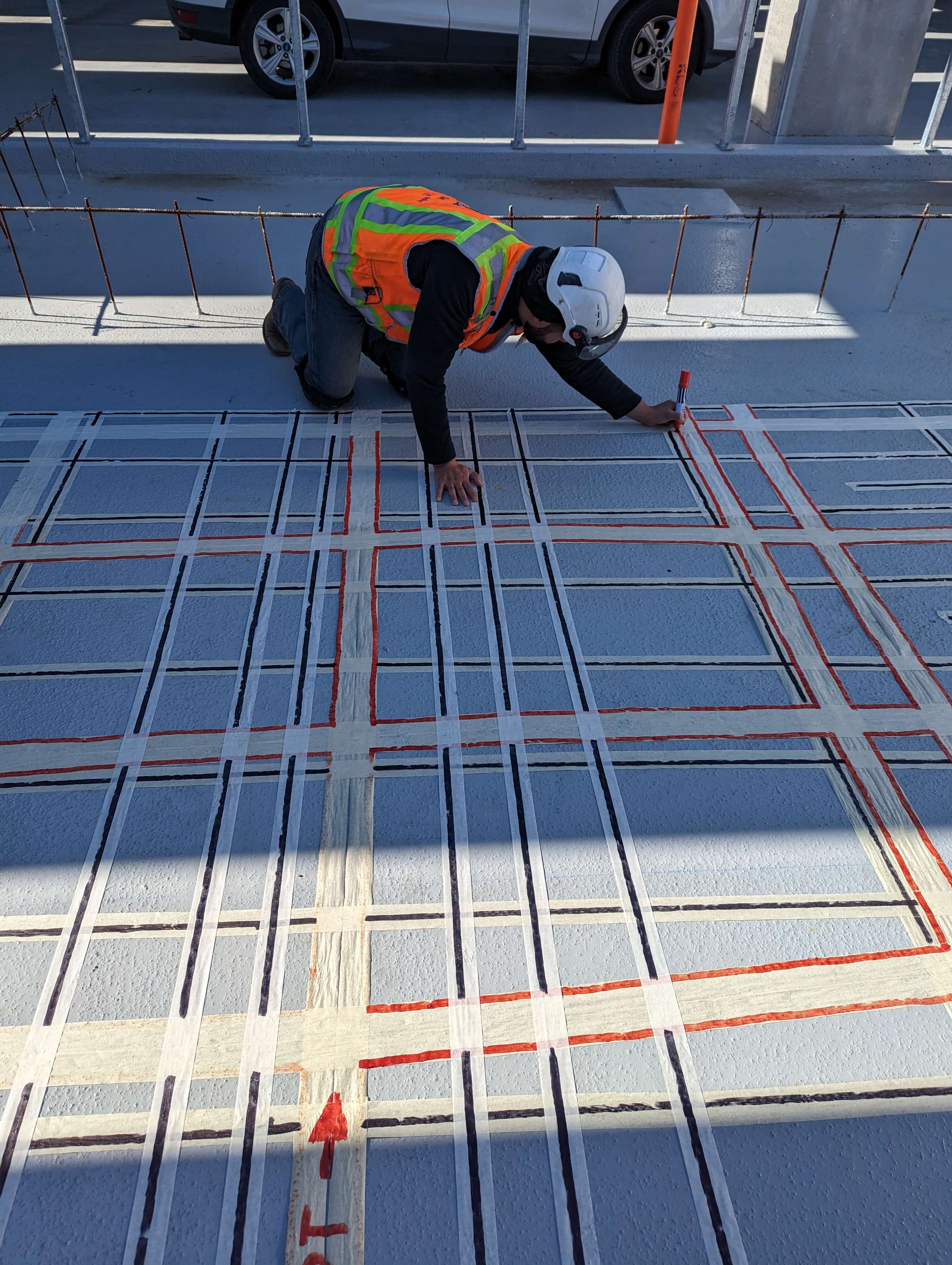Expert Tips for Optimum Concrete Scanning Outcomes
Expert Tips for Optimum Concrete Scanning Outcomes
Blog Article
Introduce the Transformative Power of Concrete Scanning in Making The Most Of Effectiveness and Security
Concrete scanning has actually emerged as an important tool in the building market, supplying unrivaled benefits in boosting project performance and guaranteeing safety standards. By using advanced innovation, concrete scanning permits professionals to see past the surface, revealing surprise intricacies that could influence the structural stability of a structure. The transformative power of concrete scanning hinges on its capability to give real-time data and in-depth understandings, reinventing just how projects are prepared and executed. As we look into the intricacies of this ingenious method, a globe of possibilities opens up, showcasing a new age of building and construction methods that focus on accuracy and security.
Importance of Concrete Scanning
Making certain the architectural stability and security of building tasks starts with the critical action of performing comprehensive concrete scanning. Concrete scanning is a non-destructive method used to spot and map subsurface elements within concrete structures.
In addition, concrete scanning helps in optimizing job timelines and spending plan by staying clear of unexpected expenses and hold-ups that may occur due to unanticipated obstructions within the concrete. Eventually, spending in thorough concrete scanning is a positive method that improves both efficiency and safety and security in construction projects.
How Concrete Scanning Functions
Concrete scanning runs as a critical device in building and construction jobs by utilizing advanced innovations to spot and map subsurface components without triggering architectural damage. Ground Passing Through Radar (GPR) and Electromagnetic Induction (EMI) are two key methods made use of in concrete scanning.
During the scanning procedure, the data gathered is evaluated in real-time, enabling immediate identification of possible risks or barriers beneath the surface area. This details aids in decision-making, making certain that building tasks proceed securely and efficiently. In addition, 3D imaging software application can be made use of to produce topographic maps of the subsurface aspects, better enhancing project planning and execution. By using these sophisticated innovations, concrete scanning dramatically minimizes the danger of pricey problems and injuries on building and construction websites.
Benefits of Concrete Scanning
Making use of advanced scanning innovations in building tasks uses a multitude of benefits, improving both performance and security on-site. Among the key benefits of concrete scanning is the ability to find and find ingrained objects such as rebar, post-tension cables, and channels properly. By recognizing these elements before boring or reducing right into concrete structures, the risk of unintentional strikes is considerably decreased, avoiding potential injuries to employees and damages to the structure itself. Concrete scanning helps in preparation and designing more successfully, as it gives specific details regarding the place and depth of Read Full Article architectural components.

Instance Researches: Concrete Scanning Success

In another situation, a building and construction company used 3D concrete scanning to assess the condition old concrete frameworks in a historic building. The comprehensive scans supplied beneficial insights into the degree of damage and helped prioritize maintenance initiatives properly. By proactively addressing areas of worry recognized via scanning, the company was able to prolong the life-span of the framework and ensure resident security.
These study emphasize the transformative power of concrete scanning in enhancing efficiency, accuracy, and security in building tasks.
Implementing Concrete Scanning in Projects
Implementing sophisticated scanning modern technologies throughout construction tasks you could check here has become increasingly necessary for enhancing precision and security. By incorporating concrete scanning into job preparation and execution, building and construction teams can determine possible dangers, such as rebar or post-tension wires, concealed within concrete frameworks. This positive method minimizes the threat of crashes, hold-ups, and costly rework, ultimately bring about more reliable job timelines and budgets.
To apply concrete scanning successfully, job supervisors ought to collaborate closely with seasoned scanning professionals to establish one of the most ideal scanning strategies for the certain project needs. Engaging scanning professionals from the early stages of a project makes it possible for the group to create thorough scanning strategies that address vital areas of concern and make certain detailed data collection.
Moreover, including concrete scanning into normal job operations can improve decision-making procedures, as real-time scan information provides prompt insights right into the condition of concrete frameworks - Concrete Scanning. This data-driven method facilitates educated analytical and enables groups to make adjustments immediately, fostering a society of efficiency and security throughout the task lifecycle

Final Thought
In conclusion, concrete scanning plays a crucial duty in enhancing effectiveness and security in building projects. By using sophisticated technology to spot and map out underlying frameworks within concrete, this process aids to stop pricey errors, make sure structural integrity, and reduce threats on website. With the capacity to uncover hidden components and supply exact data, concrete scanning confirms to be an important device for maximizing job outcomes and making best use of total success.
Concrete scanning is a non-destructive approach used to identify and map subsurface elements within concrete frameworks. Furthermore, concrete scanning aids in enhancing project timelines and spending plan by staying clear of unforeseen expenses and delays that may arise due to unforeseen obstructions within the concrete. One noteworthy situation study involves a massive renovation project where concrete scanning played an essential duty in ensuring project success.In one more case, a building and construction company used 3D concrete scanning to examine the problem of maturing concrete structures in a historic building. By incorporating concrete scanning into job planning and implementation, building and construction groups can identify possible risks, such as rebar or post-tension cable televisions, hidden within concrete frameworks.
Report this page